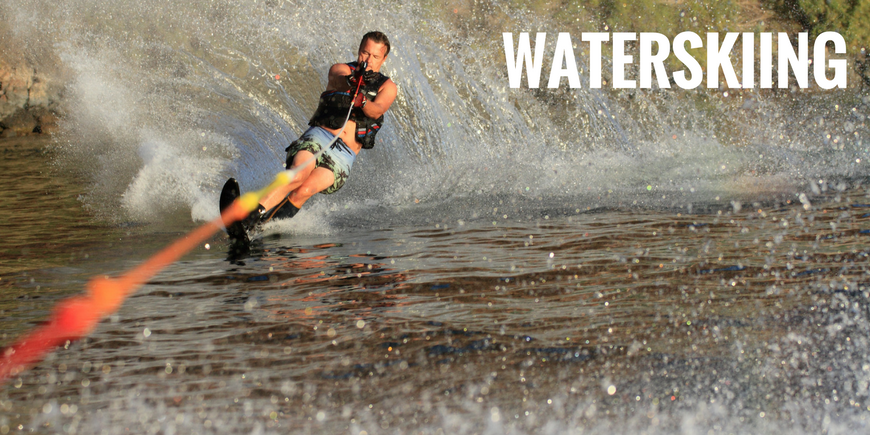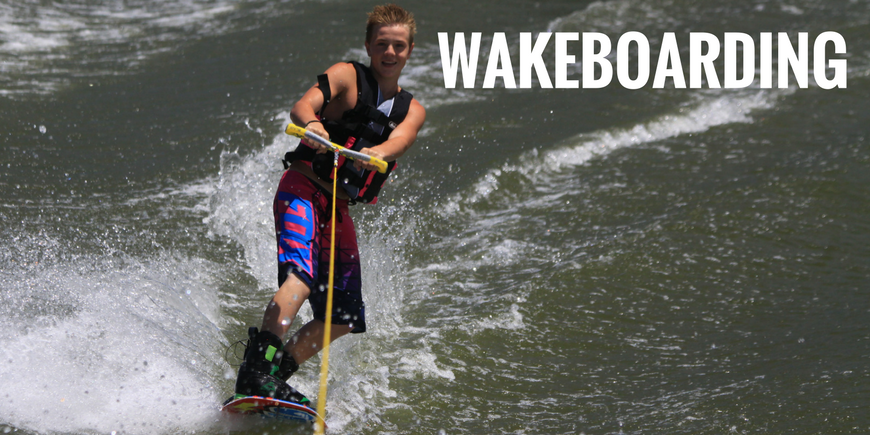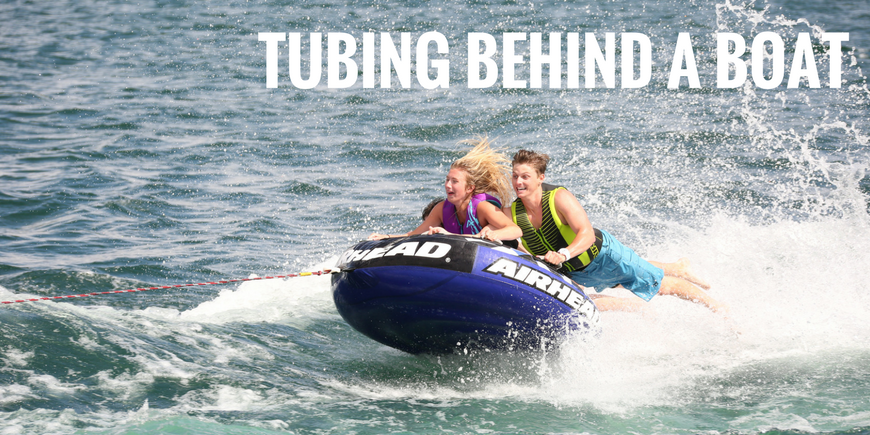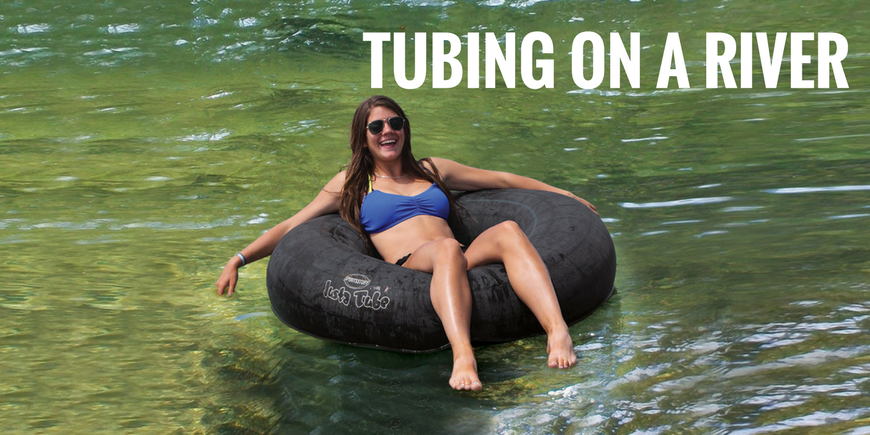Water sports are nearly synonymous with the warm and sunny summer season, although many like to enjoy them year-round. According to the Outdoor Foundation, nearly half of all Americans ages six and up engage in outdoor activities in summer or year-round.
Tubing, waterskiing and wakeboarding are just three of the many popular water sports that active adults and families enjoy. Learning what types of water conditions are optimal for each sport can make the difference between an unsatisfactory or even dangerous experience and a true summer highlight.

Ideal Water Conditions for Waterskiing
Water skiing is a popular water sport that can be enjoyed on lakes, rivers and even bays or oceans. As such, water conditions can vary greatly in terms of these elements:
1. Temperature
It is very important to know the average water temperature so you can dress properly for safety. For colder water bodies, it is advisable to use a wetsuit to ensure you can maintain a safe body temperature while you water ski.
2. Flow rate
If waterskiing on a river, the water's flow rate relates to how swiftly the water is moving. Swifter water generally makes for choppier, more hazardous conditions and can escalate to rapids.
3. Undertow or current
The open ocean is where undertow can be of greatest concern. Generally any precautions relating to undertow or tidal activity will be posted on the website or at the beach, but it is always best to check in advance.
Rivers may have stronger or weaker currents, which can be more problematic for beginning water skiers who are just learning the ropes. For this reason, a less-strong undertow or current is always advisable.
4. Roughness
According to WaterSki magazine, "ideal water conditions" can mean different things to different folks.
For example, for experienced water skiing enthusiasts, rougher water conditions may mean more challenges and a chance to improve still further. But for beginners or intermediate water skiers, calmer, quieter waters are generally desirable.

Ideal Water Conditions for Wakeboarding
Wakeboarding is a form of water skiing that requires the use of a wider board. As such, the ideal water conditions will be identical to what you would want to see for water skiing.
Here, the best plan is to check the local weather conditions before you and your family head out for your wakeboarding trip. The reason to do this is because local weather can have a measurable impact on the water conditions. For example, a lake that is normally calm and placid can become choppy in windy or stormy weather.
As well, being towed behind the boat will cause the water to become naturally choppier, so this is something to plan for during preliminary strength training. The stronger you are, the less likely you are to experience the muscle strains and sprains that can sometimes occur in waterskiing and wakeboarding.

Ideal Water Conditions for Towable Water Tubing
Riding a towable water tube requires that riders be able to hold onto an inflatable tube while being towed behind a boat at moderate to high speed. While ease of use varies by tube, the ideal water conditions will be identical to what you would want to see for water skiing and wakeboarding above.

Ideal Water Conditions for Tubing on a River
Typically, tubing on a river is a more relaxing activity than being towed behind a boat. You purchase or rent an inner tube and then enjoy floating down the river. Sometimes there are light "rapids" or chutes to enjoy as well. But although tubing is very relaxed and family-friendly, it is not without its risks.
The biggest risk is entering the water with an intention to tube when the water conditions are not optimal to do so. There are a variety of water issues that can make it less advisable to go tubing, including these three elements:
1. Water quality
Water quality refers to the overall cleanliness of the water. During certain times of year and certain weather conditions, the water may have higher or lower levels of bacteria or other dangers.
2. Water quantity
For the best time tubing, you want the water level to be sufficiently high so you do not encounter sand bars or bottom mud.
3. Water flow rate
Water flow rate refers to how fast the river is flowing along. There is no one set standard for flow rates because it depends on how that river is sourced and whether a local dam is controlling water flow.
You can usually find out the water flow rate, and what the optimal flow rate is for tubing on that particular river, by contacting the tube operators or the park headquarters before your trip.
Tubing operators and rental vendors are not legally required to offer you information about water conditions. However, most will disclose this information willingly (especially when conditions are highly favorable) to attract more customers.
---
By learning about ideal water conditions for popular water sports like tubing, water skiing and wakeboarding, you are more likely to have a successful and safe experience enjoying these fun family water activities.
While enjoying any of these activities, be sure you always wear a life jacket.




